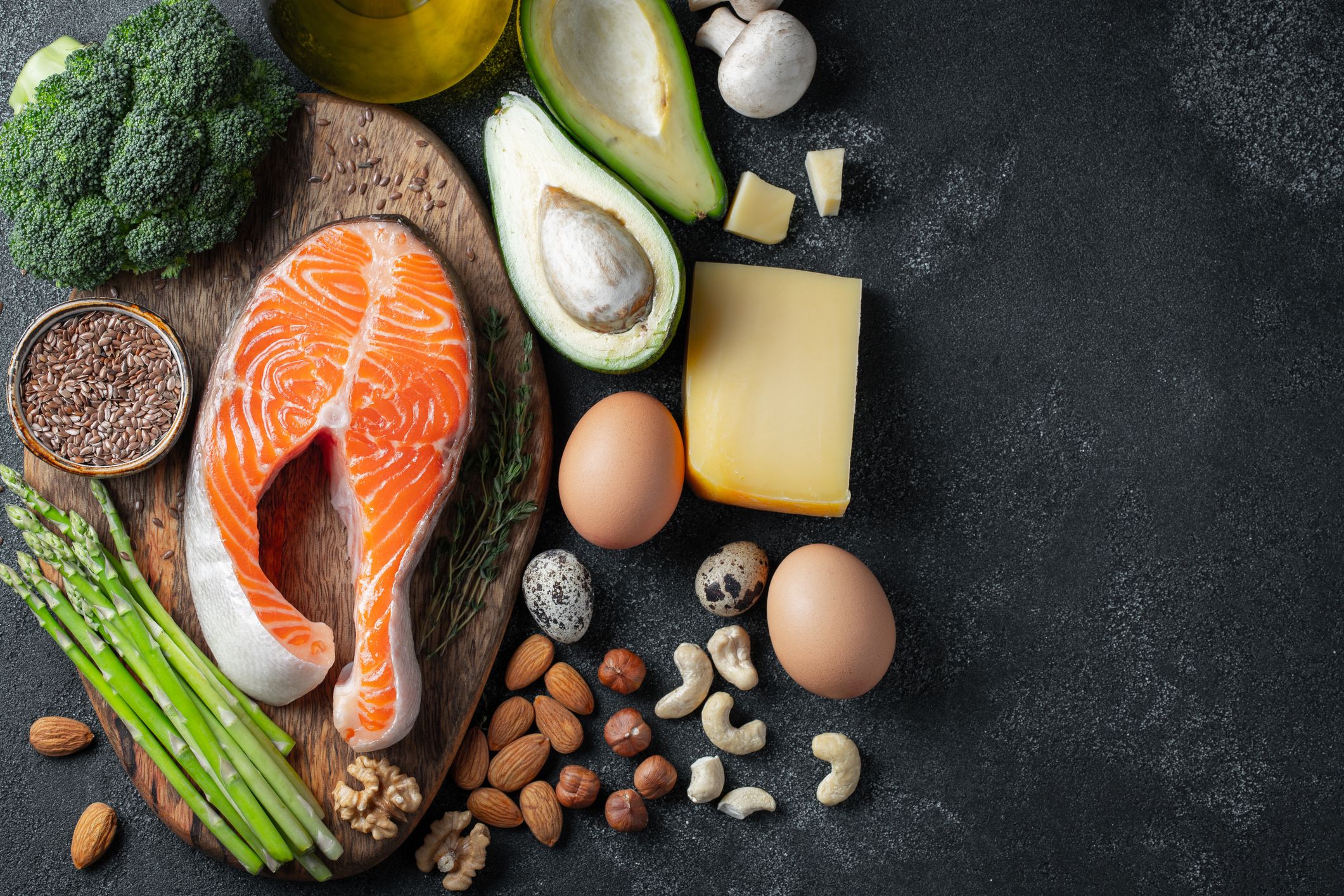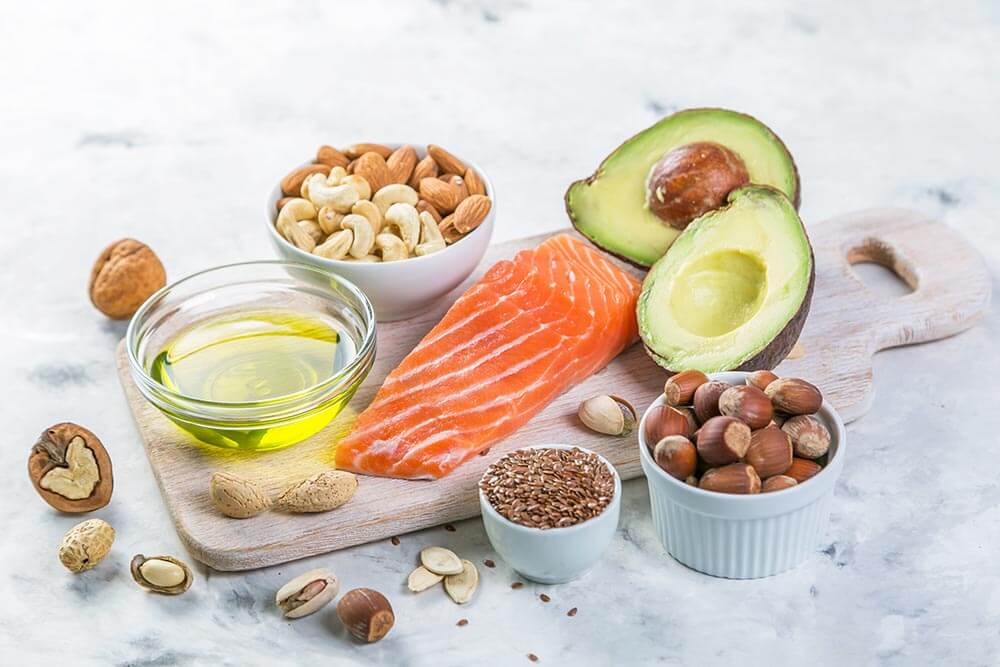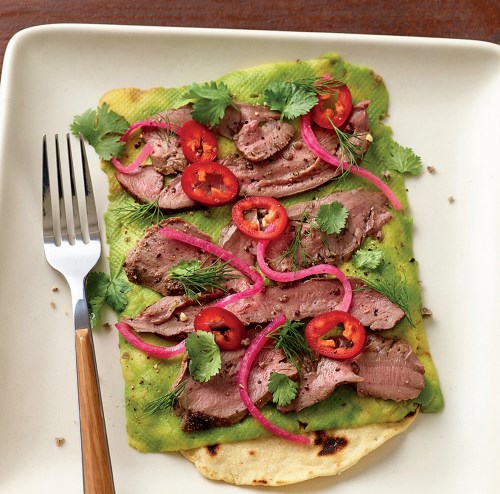
Beneficial bacteria is the good bacteria that lives inside us. These microbes have a 10:1 ratio to human cells. They play a vital role in maintaining a healthy body and produce beneficial compounds that it cannot make.
These beneficial microbes have been shown to provide many of the vitamins we need, including vitamin B12. Bacteria make enzymes, which are necessary for the digestion process.
To maintain a healthy immune system and teeth, it is important to have at least one of these beneficial bacteria. Maintaining a clean, healthy mouth is important by brushing daily and following a healthy diet.
In addition, there are lots of good bacteria in our guts. These bacteria are essential for digestion and help us avoid consuming too many sugars and fats.

Those bacteria also make us more alkaline by breaking down our food and producing acids, which helps to improve the flow of saliva and the absorption of minerals in our bodies.
Probiotics is a term that refers to "good bacteria." They are available in supplements and other products. These bacteria have been shown to help relieve symptoms of diarrhea, support the immune system, fight off infections and even prevent the growth of cancer cells.
There are many different types and strains, including Lactobacillus and Bifidobacterium and Azospirillum, as well as Acetobacter diazotrophicus and Azospirillum. Each one plays a different part in our health.
Lactobacillus Gasseri, a vaginal microflora-living bacteria, can be used to help women suffering from yeast infections or vaginal discomfort. This lactic acid bacteria can be used to boost the immune system, lower the risk of respiratory disease and prevent dental caries.
The same bacterium is also used to treat human intestinal infections such as rotavirus or salmonella. This bacterium can also help to protect the skin from irritation and allergies by producing natural antibacterial chemicals, such as hydrogen peroxide.

This bacterium is one the most researched strains of beneficial bacteria. More than 260 clinical trials have shown it to be effective. Its greatest feature is its ability strengthen the immune system and prevent the development of respiratory diseases.
Acetobacter (Gluconacetobacter] diazotrophicus is another useful bacterial variety. This can significantly increase nitrogen in sugarcane plants grown in greenhouses. It also produces numerous growth-regulating and antifungal compounds.
This bacterium may also be used in the treatment of bacterial pathogens-induced diseases. The bacteria suppresses the growth of harmful metabolites and reduces the production. This bacterium can also help improve the quality storage of aquatic products, such as by decreasing the growth of spoilage and preventing their development.
FAQ
What's a good meal plan for 30 days?
It is the fastest way to lose weight quickly by eating three meals per week. Each meal is approximately 2000 calories. These meals should contain a combination of protein, carbohydrates and fat. Protein helps keep you full longer and provides energy. Carbs help fill you up faster and provide energy. Fat keeps you feeling satisfied and gives you energy too.
-
It is important to eat all meals. Skipping breakfast can make it more difficult to eat well later in the day. Don't skip breakfast. Replace it with an apple, banana or other fruit. This will give the same amount and energy without leaving your stomach empty.
-
Eat no later than 6 pm. It is easier to snack the next morning if you don't eat at night. High-calorie snacks are more likely to gain weight.
-
Avoid processed food. High amounts of salt, sugar, saturated fats, and other processed foods should be avoided. These ingredients can cause high blood pressure and increase the risk of developing heart disease.
-
Consume lots of fruits & vegetables. Fruits and vegetables are low in calories and high in fiber. Fiber is quick to fill you up and slows down digestion. This makes fiber last longer and gives you a feeling of fullness.
-
Don't drink alcohol. Alcohol reduces inhibitions, and encourages overeating. The effectiveness of insulin, which is essential for carbohydrate metabolism, is also reduced by alcohol.
-
Limit caffeine. Caffeine can increase adrenaline and stimulate the nervous system. Both of these factors result in increased appetite.
-
Get plenty of fluids. Water flushes out toxins and keeps you hydrated. Hydration is also prevented by drinking lots of water. Salty snacks will be more appealing to you if you are dehydrated.
-
Keep active. Exercise increases endorphins which makes you happy. Exercise increases metabolism, which in turn burns more calories.
-
Get enough sleep. Sleep enhances moods, concentration, and memory. It helps with memory and learning. Lack of sleep leads to fatigue and overeating.
-
Supplements can be taken. Take multi-vitamins each day to obtain vitamins such as Vitamin B & D. Omega 3's are good for brain function and help to reduce inflammation.
-
Take care to take good care of yourself. Keep your weight under control by exercising regularly and eating a balanced diet. Avoid unhealthy behaviors like smoking and excessive drinking.
How much food should I eat each and every day?
Your age, gender and activity level will impact your calorie needs.
Generally speaking, adults require between 1,200 and 1,800 calories per day to maintain their current weight.
Calories are made up of carbohydrates (starchy foods), fat, and protein.
Carbohydrates can be described as glucose, fructose and sucrose. Glucose supplies the majority of our energy. Fructose adds energy to the brains and nervous systems. Sucrose contains both glucose and fructose, making it easier to digest than pure glucose or fructose.
Protein is vital for muscle growth and repair. Protein can be found as meat, poultry, eggs and milk.
Healthy living requires fat. Fat keeps you full longer and provides essential vitamins and minerals such as vitamins A, E, D, K, and B12, omega-6 fatty acids, and monounsaturated fats.
Also, fat helps to protect against cardiovascular diseases, high cholesterol and many other types of cancer.
Experts suggest that saturated fats should not exceed 30% of total calories.
However, no evidence reducing saturated fat will lower your risk of developing cardiovascular disease.
Healthy eating should include 20-35% carbohydrate, 10%-35% protein, and 35%-50% fat.
What foods are good for your arteries?
Eating right is the best way to maintain a healthy heart. But what does that really mean? There are many ways you can do this. One way is to eat more vegetables and fruits.
Vegetables and fruits are rich in antioxidants that help to prevent diseases and improve your overall health. Antioxidants also fight inflammation which helps prevent clogged arteries.
But there are other ways to reduce the amount of cholesterol in your diet too. You'll have a lower chance of having a coronary attack if your diet is low in saturated fats, such as butter, or trans-fatty Acids (found in processed foods like fried food).
Fiber can be increased to keep blood moving smoothly throughout the body. Fiber also lowers LDL levels -- the bad cholesterol that increases your risk for cardiovascular problems.
Your heart health is not only affected by what you eat. There are many other factors as well. You can develop heart disease by a variety of factors, including stress, smoking habits, lack of exercise and obesity.
Talk to your doctor if you are at high risk for developing heart disease. To stay healthy, you may need to take medication or change your lifestyle.
What is the most healthful drink in the entire world?
If we look for the most healthy drink in the world, we find out that there isn't any. There are some drinks that are healthier than water but not all.
This is because you choose the drink that you like. So when we ask ourselves, 'what is the healthiest drink' we mean, 'which is my favorite drink.'
It is not surprising that the answer will vary based on where you live. Even within countries, the answer varies wildly.
Green tea is the preferred choice in Japan while coffee wins in New Zealand. While milkshakes are popular in India, beer reigns supreme in Australia.
In other words, it doesn’t matter which healthiest beverage you drink. Everyone has their preferred choice.
It doesn't matter if the drink tastes good. Again, definitions of healthy vary from one person to the next.
One person may find a glass of wine to be unhealthy, but another might enjoy it. A glass of red wines and a slice or cake may not be healthy for someone, but they might be fine for someone else.
There is no one universal definition of healthiness. Also, there's no universal way to determine healthiness.
We cannot therefore say that one drink tastes better than the other. You cannot make such an assertion without knowing the amount of alcohol in each drink.
Even if we knew this, it would still be a problem. The amount of alcohol you consume depends on what type of alcohol you have. A white wine has less calories than a wine with red grapes.
So, although we can compare different beverages based on their calorie content, we cannot claim that one beverage is healthier.
We could come up with a formula to calculate how much alcohol each beverage contains. But this would only take into account the alcohol content and not the composition.
Even if this were possible, it would be difficult to determine the exact composition of every beverage. This information isn't always readily available.
For example, some restaurants don't disclose the ingredients of their food. Some people don’t like it when others know what they eat.
However, we can't tell which drink tastes better.
What is the 40 30 30 diet plan?
The 403030 Plan helps you lose weight quickly, and keeps it off for your entire life. This program incorporates three powerful strategies that help you lose fat faster and maintain a healthy weight.
This program includes:
-
This comprehensive food diary allows you to keep track of your daily calories and find hidden foods that could hinder your efforts.
-
A combination of strength training and cardio exercises that boost metabolism and decrease body fat.
-
Your results will determine the nutrition plan that you should follow.
You'll also receive weekly emails providing tips and motivation to continue your journey toward better health.
You have nothing to lose except unwanted pounds!
What are 5 keys to healthy eating?
You may have heard the saying, "you are what you eat." Well, it turns out that there is more to it than that. A healthy diet consists of five elements.
They include eating plenty of fruits and vegetables, avoiding processed foods, drinking lots of water, exercising regularly, and limiting alcohol consumption.
The first three are vital for overall health. The second two are important for maintaining a healthy weight.
Consider including these nutrients in your daily diet to ensure you are getting enough.
Include a variety of fresh produce such as fruit, leafy greens, and whole grains in your diet. These foods are high in vitamins A, C,, andE, which can help protect against both heart disease as well as cancer.
Avoid processed food. This includes soft drinks and candy bars, cookies, chips, and chocolate.
Eight glasses of water daily is a good way to keep your body hydrated. It prevents dehydration and keeps your metabolism in check.
An important part of a healthy lifestyle is exercise. Exercise is important to prevent obesity-related diseases, such as stroke, heart disease, diabetes, and heart disease.
Also, try to limit your consumption of alcohol. Drinking alcohol increases blood pressure, causes headaches and can cause liver damage.
You will live a happier life if you follow these tips.
Statistics
- *Note: The 2020-2025 Dietary Guidelines for Americans recommend limiting saturated fat to less than 10% of total daily calories. (mayoclinic.org)
- Recommendation Saturated fat is less than 6% of total daily calories. (mayoclinic.org)
- The ideal amount of protein at breakfast is about 30 grams, according to a 2018 review by nutrition researchers at Purdue University. (prevention.com)
- In a review of studies, intermittent fasting was shown to cause 0.8–13% weight loss over 2 weeks to 1 year. (healthline.com)
External Links
- Amazon.com – Amy’s soup, vegan, Organic minestrone, (Pastas beans and Veggies), light in Sodium and low fat, 14.1 oz pack of 12 Vegetable Soups... Everything Else
- Amazon.com Joseph's Low Carb MINI pita bread 3-pack, Flax Oat Bran, Whole Wheat, 5g Carbs per Serving, Fresh Baked (8 per Pack, 24 MINI pita breads total) : Grocery & Gastronomy Food
How To
What is the best diet for you?
The most basic diet is one that consists only of fruits and vegetables. There are many other aspects to life than food.
You might not know it but you have so much going for yourself. You are both an extraordinary mind and body that can accomplish incredible feats.
You'll lose them if you don't use them. You must ensure that you have the best tools possible to succeed.
The easiest way to do that is to stop eating junk food. This means avoiding processed foods and refined sugars.
Focus instead on whole grains and fruits and vegetables. These are the foundations of a healthy lifestyle.
There is a lot of information out there about nutrition. Information on maintaining a balanced diet can be found in books, websites and even apps.
These resources can be used to guide you when making your decision on what to eat.
Remember, nutrition is not just about what goes into your mouth. It also involves what happens inside your head.
Healthy mindsets help you stay motivated and focused. This is essential because it helps you avoid falling for temptations like unhealthy food.
Consider it a workout program. Regular exercise will ensure that you don't reach for the chips at dinner.
Training your mind and body will create a habit that will stay with you for the rest of your life.
This is why diets fail. They are only good for so long because people return to old habits.
You will be amazed at the ease it takes to live a healthier and happier life.
You won't be hungry or guilt-ridden about eating empty calories. Instead, you'll feel energized and full of energy.